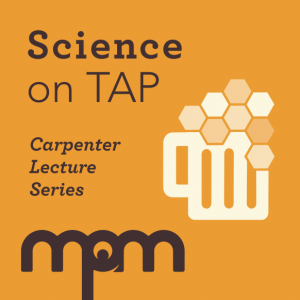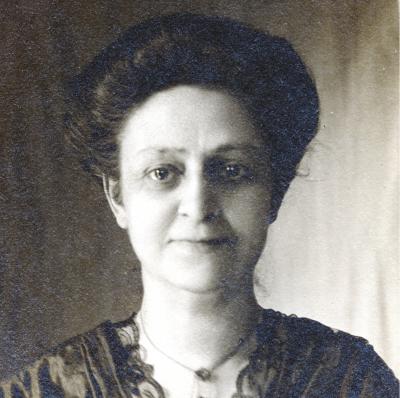Potawatomi
Potawatomi Culture
Potawatomi speak a language of the Algonkian language family and have lived in the Great Lakes region for at least four centuries. Throughout their history, the Potawatomi have moved and been moved many times, but their aboriginal territory was in Michigan’s lower peninsula. Oral traditions of the Potawatomi, Ojibwe, and Ottawa assert that at one time, all three tribes were one people who lived at the Straits of Mackinac.


 We’re exploring the space where science and culture intersect, and we’re doing it over drinks.
We’re exploring the space where science and culture intersect, and we’re doing it over drinks.
